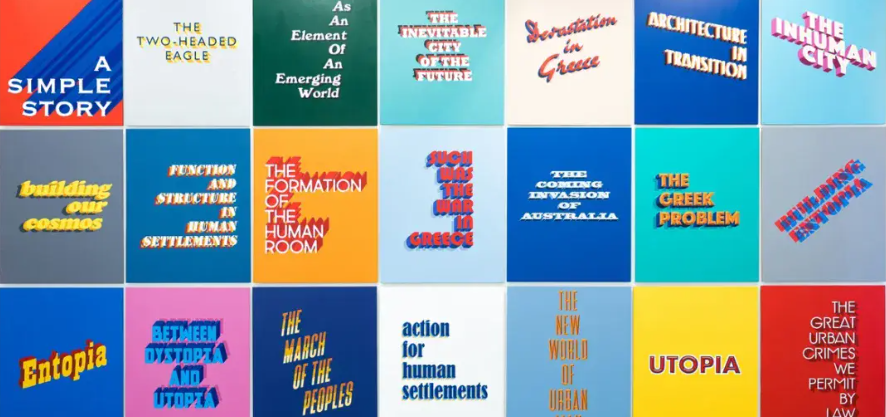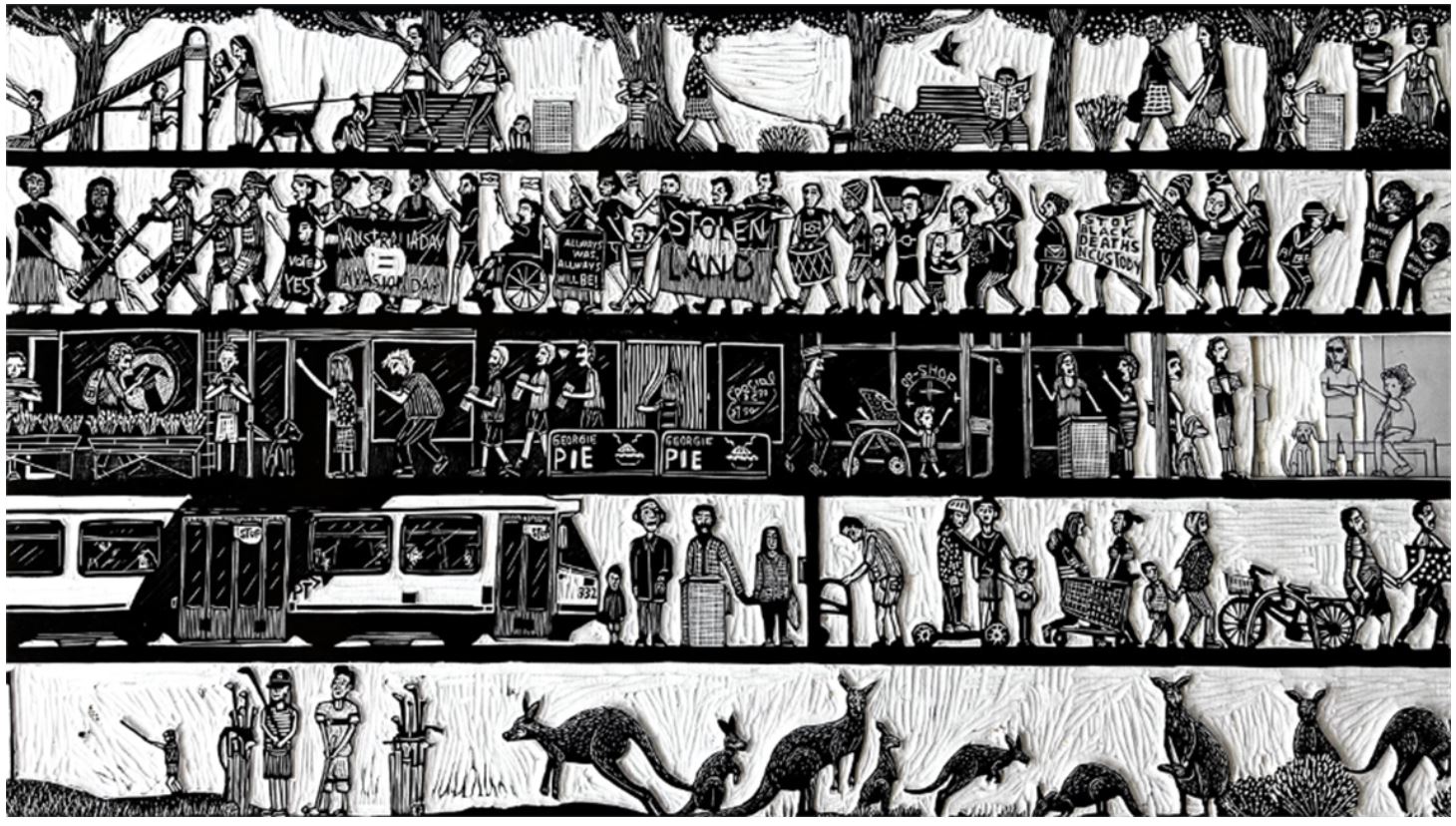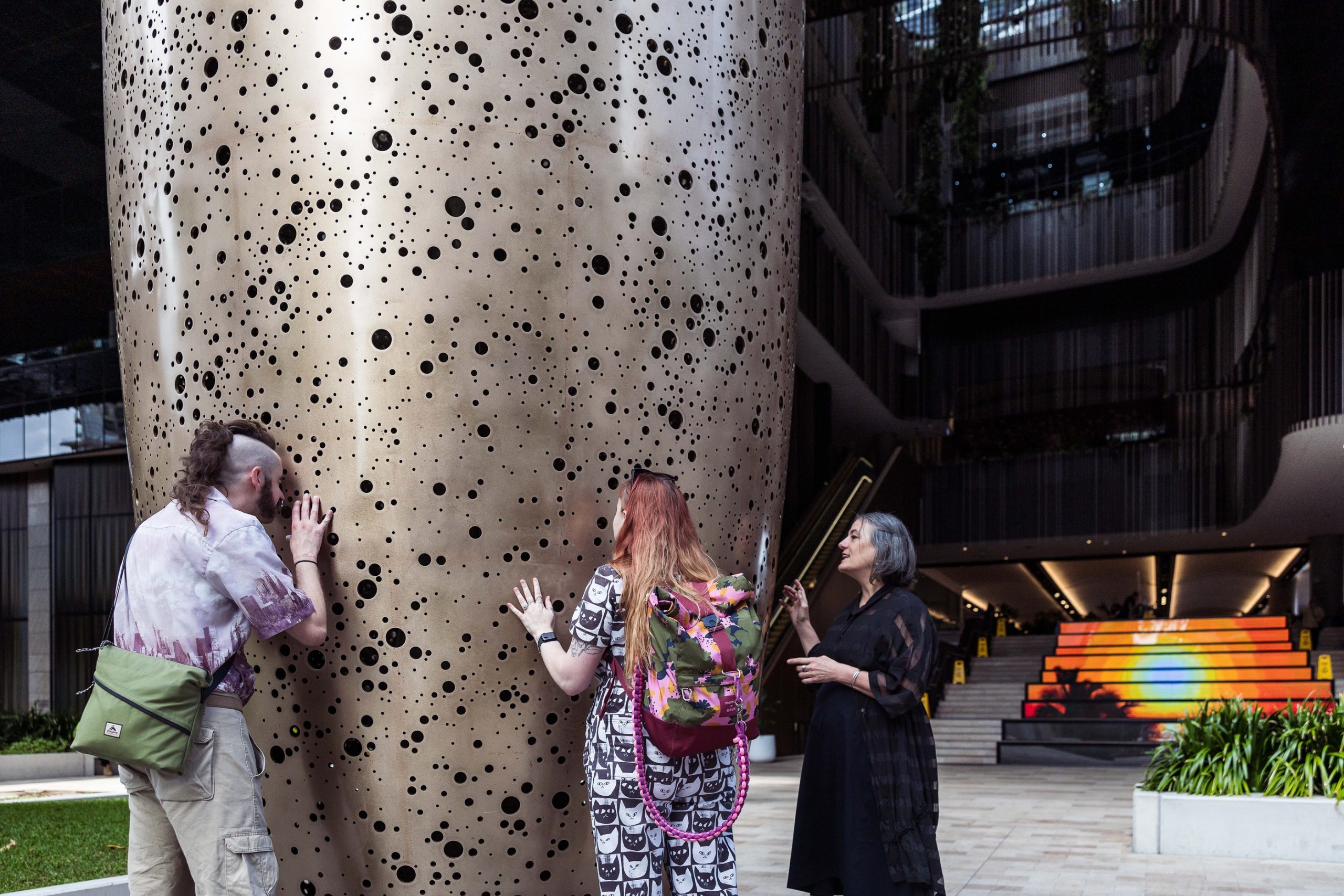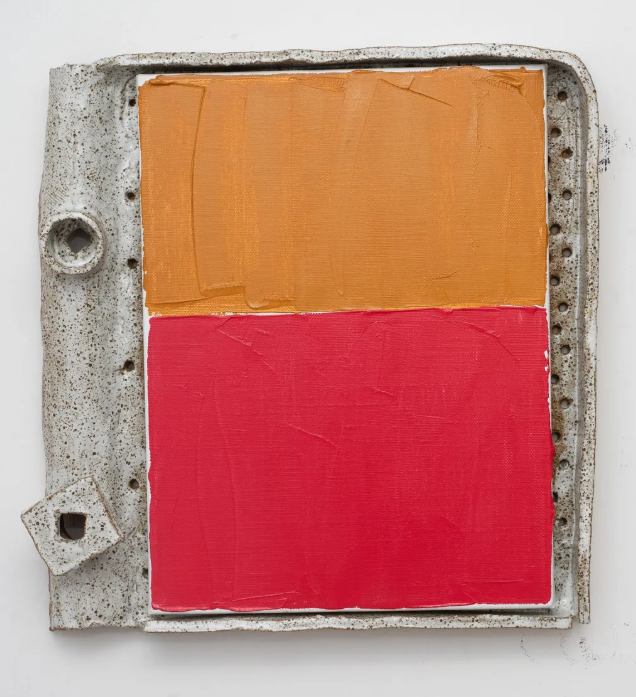
Richard Dunlop first began making large paintings colliding botanical illustration with still life and landscape conventions at a time when the status and the appeal of painting was waning. He described the taboo of mixing these previously distinct genres as irresistible. Today it seems that it is Dunlop’s paintings that are irresistible to both contemporary audiences and collectors alike. Layered and luminous, each painting is at once full of life and prescient of death. They belong to the vanitas tradition of still life painting where the most lively subjects hint at the inevitability of death and decay.
Dunlop often alludes to the precision of botanical art in his paintings by including realistic renderings of plants. However where botanical illustration is tethered to exactitude (drawing is basically a stand in for specimen collecting), Dunlop’s paintings thrive in inexactness. It is the behaviour of oil paint that so fascinates him and Dunlop deliberately introduces challenges or hurdles in the painting process to push the personality of paint so that it might behave differently.
For instance, oil paint is manipulated to mimic the transparency of watercolour and painterly smudges, scratches and even erasures are all retained in the final works. Dunlop ensures that his paintings are just as organic as his subjects.
Having previously achieved Masters and Doctoral degrees from the University of Queensland, Dunlop recently completed a Doctorate of Visual Arts at Griffith University in Queensland, for which he received a Griffith Award for Academic Excellence.
Dunlop’s work is held in public and private collections in Japan and Switzerland, as well as in the Brisbane City Gallery, Griffith University and Queensland University of Technology collections, in a number of regional galleries throughout Queensland, and in important private collections around Australia.









